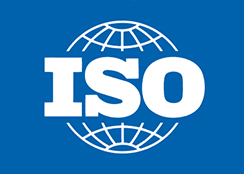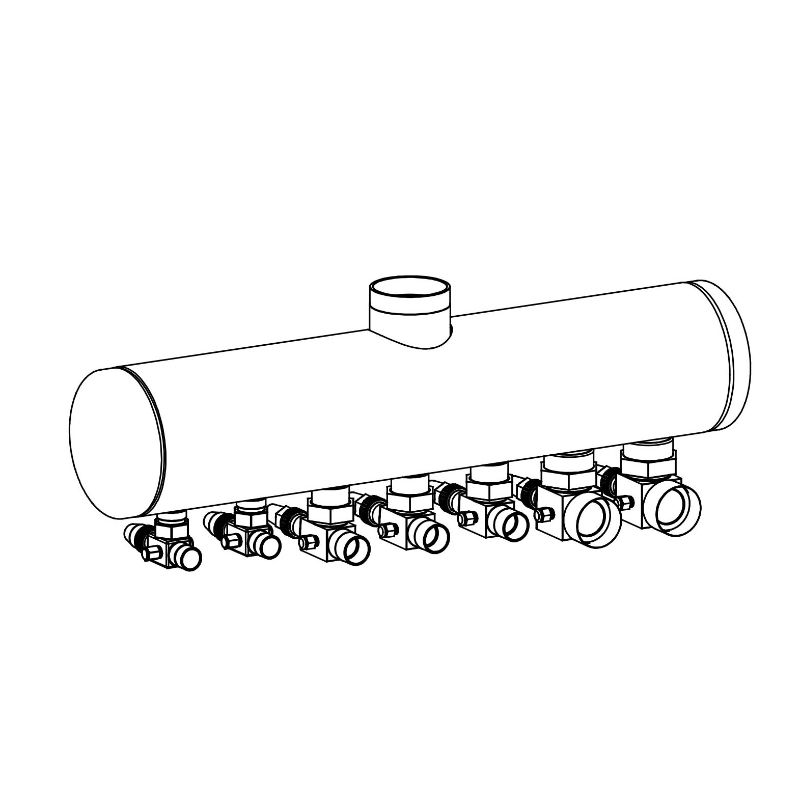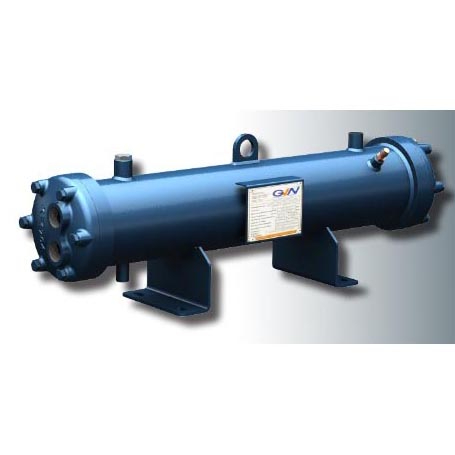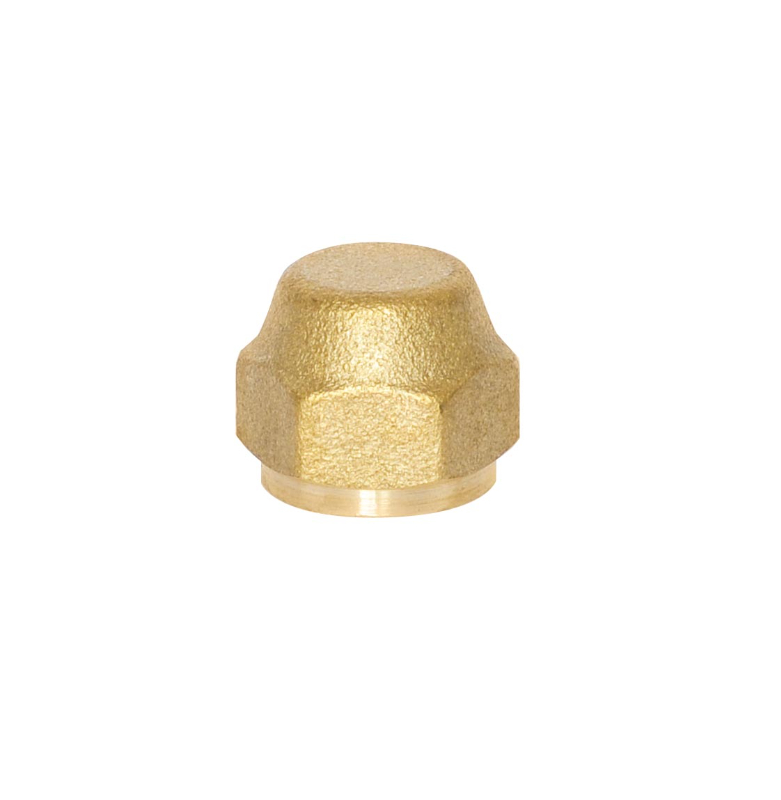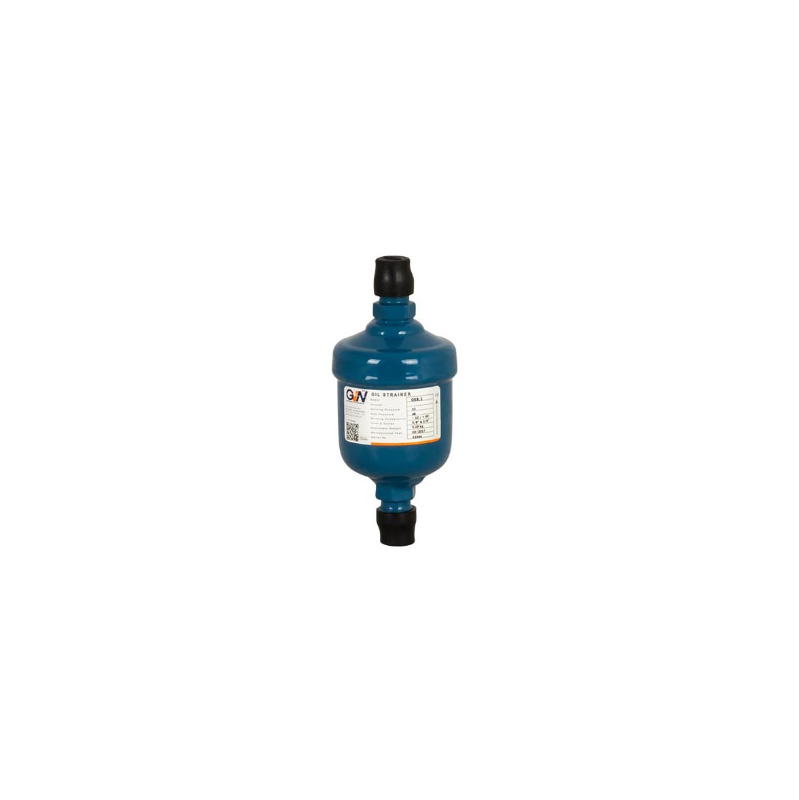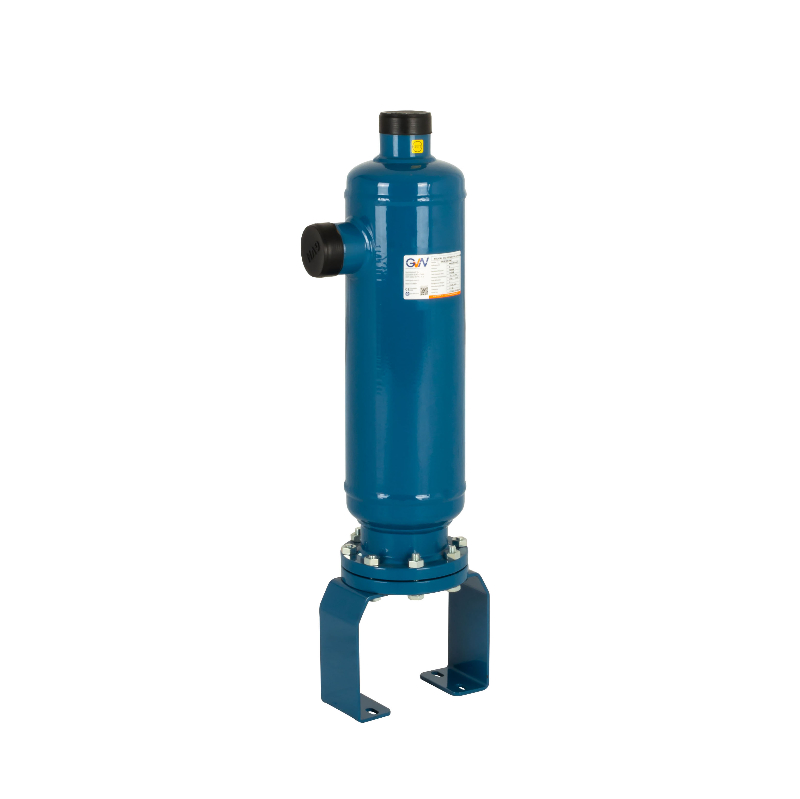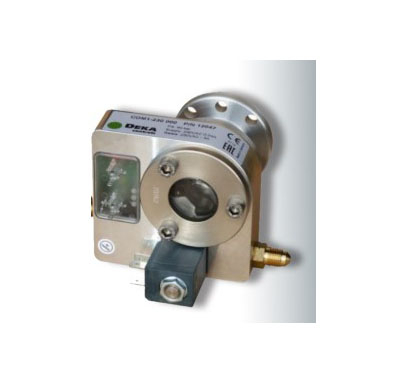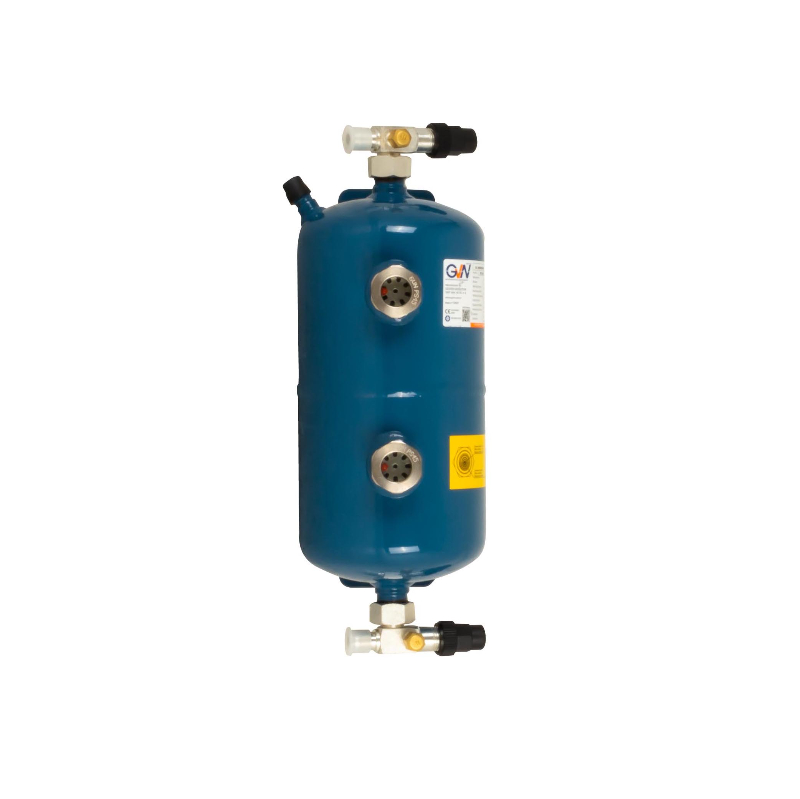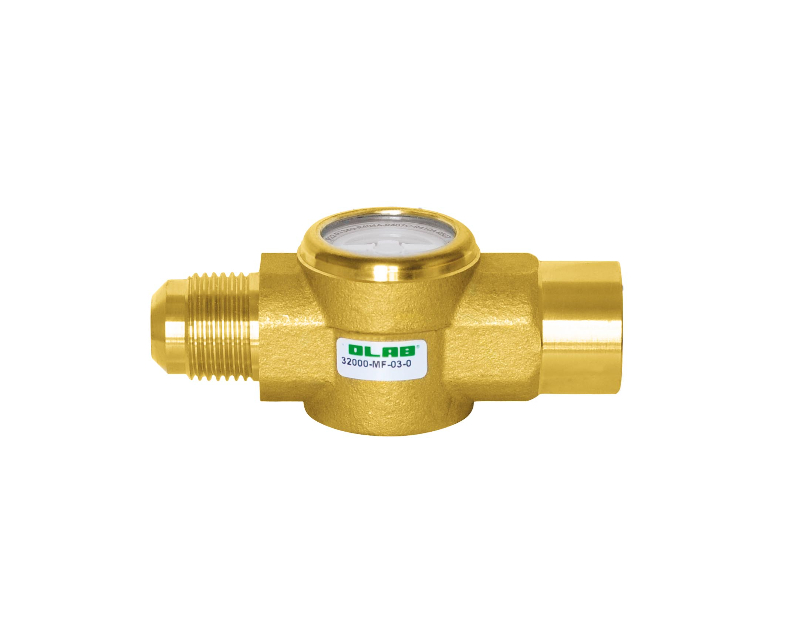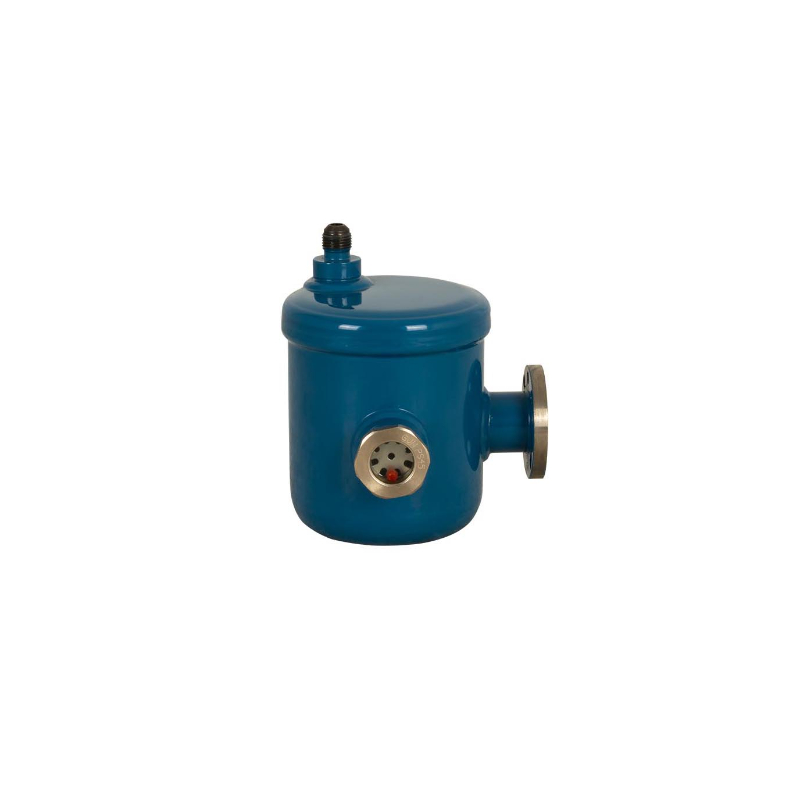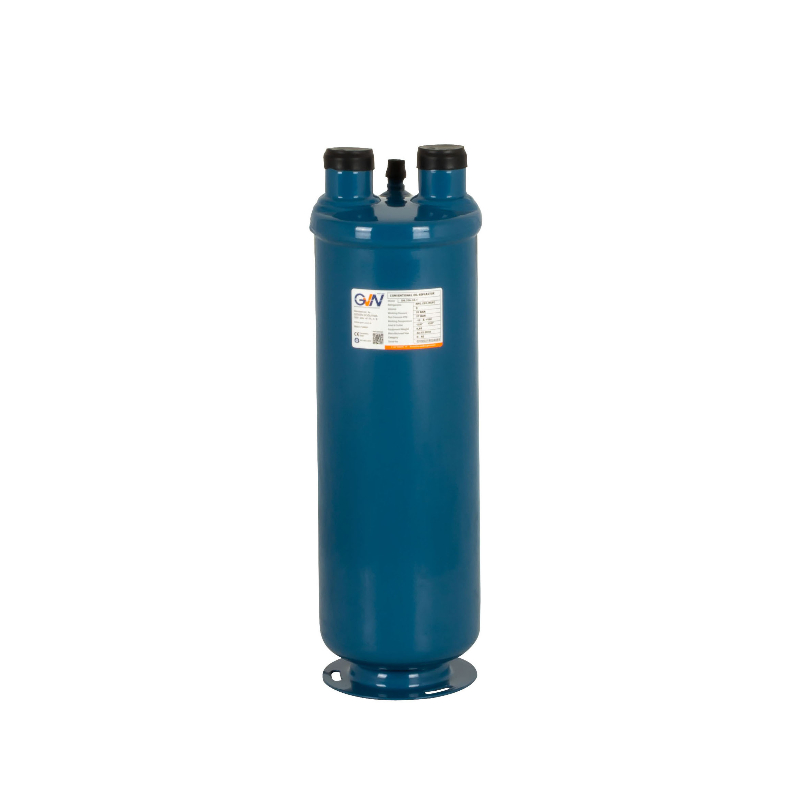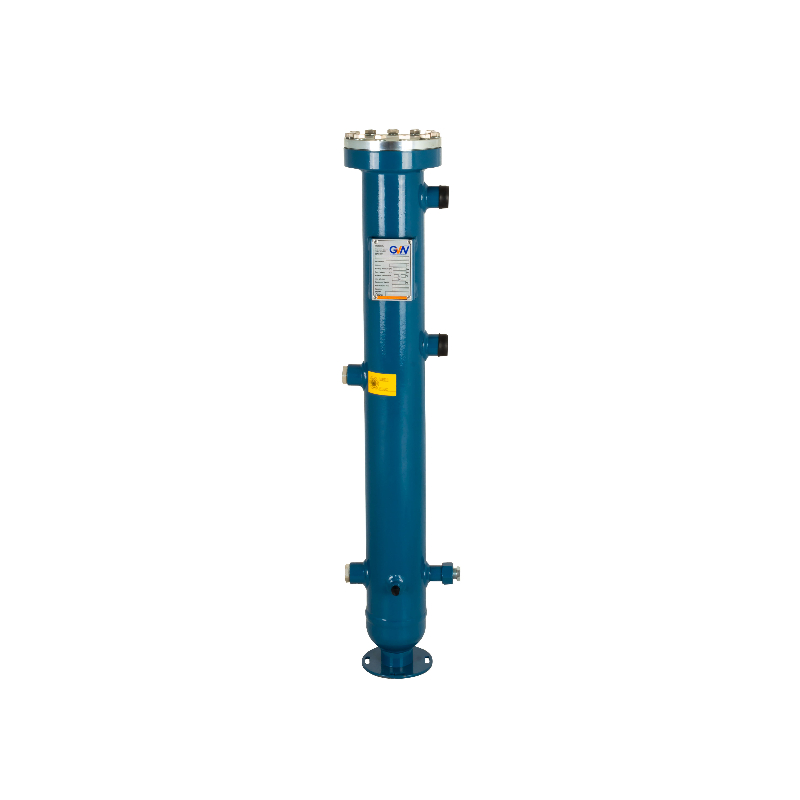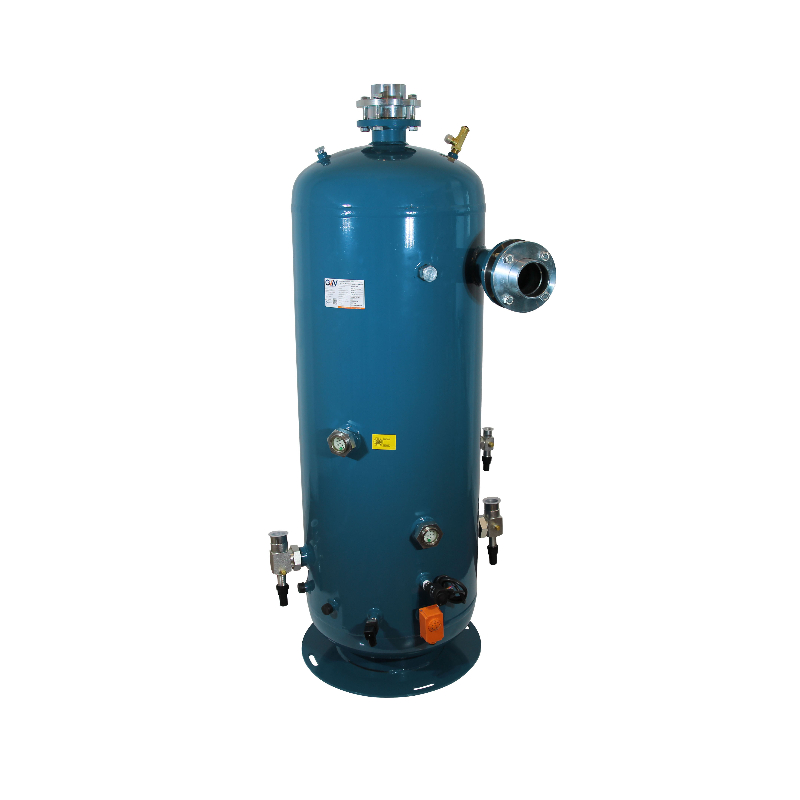DESIGN AND MATERIAL
Materials used in products comply with EN norms. Materials with the following specifications are used in standard products.
• Cast iron or carbon steel covers
• Carbon steel body pipe, coolant and water connections
• Copper heat transfer piping
• Plastic cross curtains
• Asbestos-free cylinder head gasket
• Steel bolts
QUALITY AND TEST
Mechanical calculations of G-RL ve G-RC line evaporators are in accordance with TS EN13445-3 standard and with a CE certificate in compliance with ISO 9001:2008 quality management system. Shell&Tube evaporators are tested with a gas side of 30 bars and a water side of 10 bars. Helium leak test is a standard test for all products. For products, a guarantee is offered against coolant leak for up to 2 gr/year. Tests are performed at various pressure levels for multi- circuit products and prevention of leakage between circuits is guaranteed.
FOULING FACTOR
Fouling factor (f.f.) is important in selecting an evaporator.
The fouling factor levels under certain conditions are given below.
• Closed-circuit mains water f.f.= 0.000043 m2K/W
• Open-circuit mains water f.f.= 0.000086 m2K/W
• Glycol solution < %40 f.f.= 0.000086 m2K/W
• Glycol solution > %40 f.f.= 0.000172 m2K/W
The table below lists the recommended glycol solution for low-temperature operating conditions.
INSTALLATION AND OPERATION
Please ensure the following operating conditions for best use of your operator.
• The evaporator should be used in horizontal position.
• The air inside the product should be discharged before filling water.
• Ensure that the pressure drop and implementation conditions are in accor- dance with catalog values.
• Do not stop the water flow before the coolant in the evaporator is discharged.
• When not in use, fill the evaporator fully with anti-freeze fluid with no air in it and fully evacuate it, ensuring that it is dry.
• Regularly check the chemical properties of the water inside the evaporator.
Incompliant water damages the evaporator.
• In case of a capacity decrease, you can reverse-operate the system for a short time for cleaning.
• Keep the evaporator away from sources of vibration.
• Prevent foreign particles in the water.
• Use anti-frees solution below 0 C.
• Prevent air in the pump cavitation and the system.
• Do not run the cooled fluids close to their freezing conditions.
• Do not exceed the allowed water flow.

